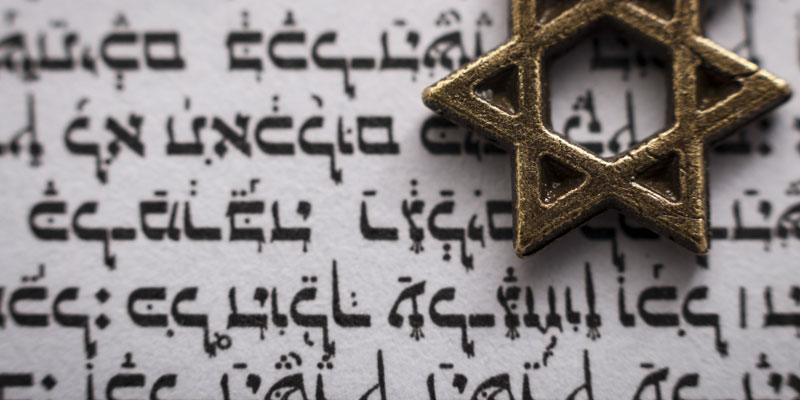As we have seen in this blog, Judaism is a single religion, being the oldest one between the three principal monotheism religions; Judaism, Christianity, and Islam. As we know, the main directive for Jews is the Torah, which has the essential directives and commandments for all of them. However, Judaism has three principal branches, giving origin to different Jewish movements. These three main divisions are the Orthodox Judaism, the Conservative Judaism, and the Reformist Judaism.
In this post, the philanthropist with a deep commitment to the Illinois Jewish community, Josef Meystel, will talk about those mentioned movements, which are currently the most significant ones in Judaism. It is important to say, that these branches have the same basis and beliefs, but each one of them, has its own interpretation of Judaism and its directives.
The Orthodox Judaism
This branch is considered the most traditional and classic one. In other words, the Orthodox Judaism pursues the preservation of the most classical Jewish values given by the Torah. The first approaches to this movement, dates back to the 18th or 19th century, for making counterweight to a newborn movement; the Reformist Judaism, keeping and defending the most traditional interpretation of the Jewish laws and mandates.
Currently, it is estimated that there are more than 900.000 Orthodox Jewish in the United States, and almost 2.000.000 in Israel, making it a significant and influential community both in the United States and Israel. The Orthodox Jews around the world could speak more than 10 languages, among which are the Yiddish, Hebrew, Yevanic, Shashi, Judeo-Arabic, among other tongues.
The vision and interpretation of the Orthodox Judaism are basically focused on the Torah directives and what it says. Put differently, this branch is based mainly on the written and oral laws and regulations given by the Talmud and the Torah. In addition, the Orthodox Judaism sees God as a spirit, which is omnipotent, omnipresent and omniscient. Besides this God interpretation, for this branch, the man has good and bad inclinations, which makes it an earthly being.
Currently, some of the most significant Orthodox organizations are the Union of Orthodox Jewish Congregations in America, the National Council of Young Israel, the Rabbinical Council of America, the Yavneh, and the National Religious Jewish Students Association.
The Conservative Judaism
This movement is focused on keeping the basic Judaism traditions but in a moderated way. In other words, the Conservative Judaism seeks to preserve the traditional beliefs and ideas in the modern times, adapting the main Jewish traditions, with today’s world. As the Orthodox Judaism, the Conservative branch was born in the 19th century as a reaction of the Reform Judaism, seeking to protect the basic commandments of the Judaism.
Currently, there are more than 2 million Conservative Jews in America, which are part of different organizations, like the Rabbinical Assembly and the United Synagogue of America. Moreover, there are some educational institutions, like the Jewish Theological Seminary of America in New York City, or the University of Judaism in Los Angeles.
The vision of the Conservative Judaism is focused mainly on the promotion of the Sacred Texts as the word of God and man, where the latter must evolve and adapt the God’s commandments day by day. Put differently, for this branch, the man must be by God, so he can grow and progress through his life. In addition, for this movement, God is more flexible than in the Orthodox Judaism, being a great support for any Jew.
 Reformist Judaism
Reformist Judaism
The reformist branch is the earthiest and the oldest one between the three mentioned movements. This division believes that the Sacred Texts are human designations inspired by God, where the Jewish historical and cultural ideas are shaped. The Reform Judaism was born in the 18th century as a new vision of the traditional Jewish ideas, adapting them to the modern times. The main figure for this approach was the Rabbi Abraham Geiger, who dedicated a lot of his efforts in the reconstruction of Judaism under the ethical precept of unifying the Jewish history and the sacred commandments without a religious ambit.
Currently, this movement has more than more than 2 million reformist Jews in the United States, and more than 2 million around the world. Some of the most important reformist organizations are the Union of American Hebrew Congregations and the Central Conference of American Rabbis. Moreover, this branch has the oldest educational Jewish institution in America, the Hebrew Union College-Jewish Institute of Religion, founded in 1875, and with campuses in Cincinnati, New York City, Los Angeles, and Jerusalem.
To conclude, we can say that the difference between these three branches is that the Orthodox Judaism seeks for the preservation of the principal Jewish traditions, while the Conservative Judaism pursues for keeping of these traditional values in the modern world, differing in part from what the Reformist Judaism proposes, which focuses its ideas in the adoption of the Jewish philosophy in an earthly way, where the man is constantly evolving under ethical and historical Jewish precepts with no religion ambit.
